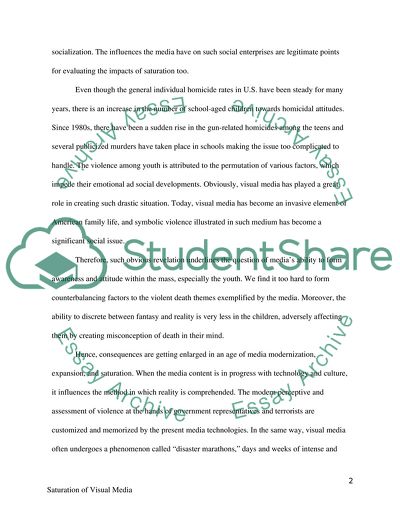Cite this document
(Saturation of Visual Media Spectacle Essay Example | Topics and Well Written Essays - 1500 words - 1, n.d.)
Saturation of Visual Media Spectacle Essay Example | Topics and Well Written Essays - 1500 words - 1. https://studentshare.org/media/1759815-the-spectacle-of-terror
Saturation of Visual Media Spectacle Essay Example | Topics and Well Written Essays - 1500 words - 1. https://studentshare.org/media/1759815-the-spectacle-of-terror
(Saturation of Visual Media Spectacle Essay Example | Topics and Well Written Essays - 1500 Words - 1)
Saturation of Visual Media Spectacle Essay Example | Topics and Well Written Essays - 1500 Words - 1. https://studentshare.org/media/1759815-the-spectacle-of-terror.
Saturation of Visual Media Spectacle Essay Example | Topics and Well Written Essays - 1500 Words - 1. https://studentshare.org/media/1759815-the-spectacle-of-terror.
“Saturation of Visual Media Spectacle Essay Example | Topics and Well Written Essays - 1500 Words - 1”. https://studentshare.org/media/1759815-the-spectacle-of-terror.


